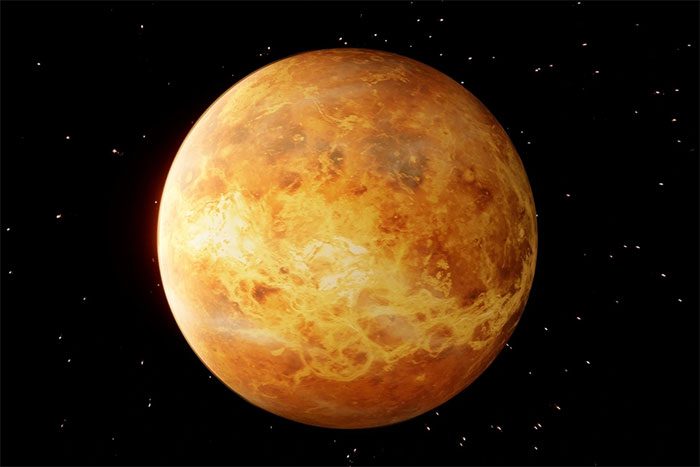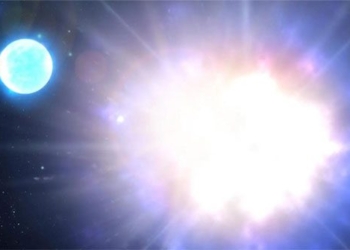Venus may have once exhibited plate tectonic activity similar to that which occurred during the early formation of Earth.
Despite being our closest neighboring planet, Venus is an incredibly harsh environment, with temperatures about 100 times hotter than those on Earth.
This extreme heat complicates exploration efforts. A NASA spacecraft was even crushed within just two hours of attempting to reach Venus’s dense atmosphere.

The process of life formation on Earth may have occurred on Venus, but under a completely different scenario. (Image: Getty).
However, Venus may have once had plate tectonic activity similar to that which occurred during Earth’s early formation.
In a study published in the journal Nature Astronomy, scientists used atmospheric data from Venus and computer models to demonstrate that the current composition of the atmosphere and surface pressure of this planet could be the result of an early form of plate tectonics.
This new discovery provides astronomers with several new scenarios to assess the possibility of early life on Venus, as well as the evolutionary history of this planet specifically, and the history of the Solar System in general.
On Earth, plate tectonic activity has been ongoing for billions of years, contributing to the formation of continents, mountain ranges, and chemical reactions that help stabilize Earth’s surface temperature.
However, Venus has taken a different path, with surface temperatures around 464 degrees Celsius, hot enough to melt lead and many other metals.
Due to the abundant nitrogen and carbon dioxide in Venus’s atmosphere, the research team believes that plate tectonics occurred on this planet approximately 4.5 to 3.5 billion years ago.
Similar to Earth, this initial tectonic movement would have been limited in the number of moving plates and their degree of displacement. In fact, this process may have occurred simultaneously on both Venus and Earth.
The study concludes that both planets in the Solar System may have experienced plate tectonic activity at the same time. However, it appears that only one of the two planets allows for the existence of life as we observe it on Earth today.
Nonetheless, scientists are not yet ready to abandon hope for Venus. In fact, at one point in the past, Earth and Venus might have been more similar than previously thought.
Both planets are of similar size, mass, density, volume, and exist within the same area near the Sun.
According to researchers, knowledge gained from the tectonic state transition of Venus will be crucial for future studies involving moons or exoplanets within the system.





















































